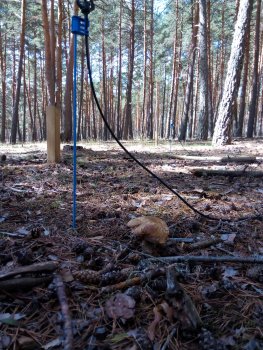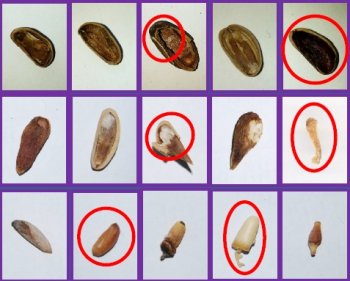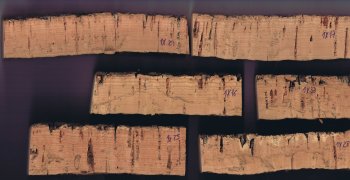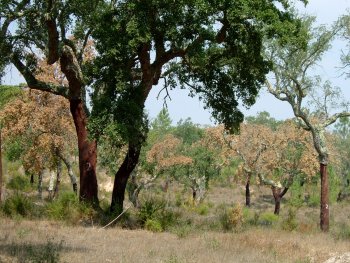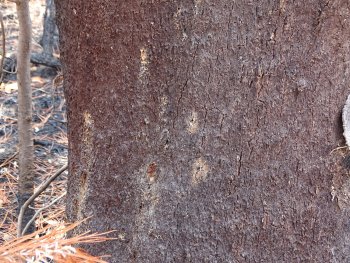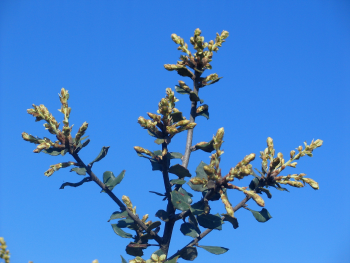Influence of rainfall variation on wild mushroom production under future climate change scenarios.
Submitted by josemiguel.alte... on 29 June 2020The main objective of the project is the creation of a mycological reserve with a demonstrative and informative purposes as well as to guarantee the fructification of a wide fungal cortex through the application of waterings. Parallel to this main objective and taking advantage of synergies, an experimental device has been established aiming to evaluate the evolution of fungal ecosystems under climate change scenarios. Specifically, the incidence of rainfall variations on wild mushroom production is evaluated for further analysis on future climate change scenarios.

